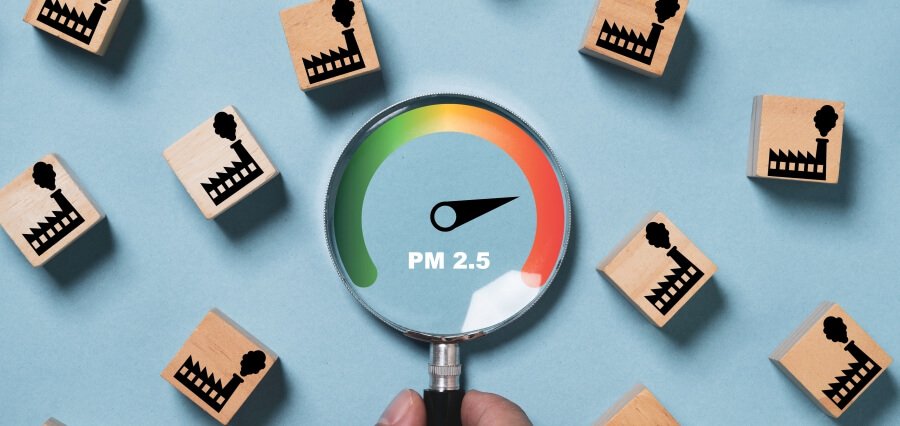Scroll Less, Create More
Screens, alerts, and constant digital noise dominate daily life, making focus harder to sustain. Every day, people waste hours scrolling, checking messages, and switching between applications without an apparent reason. This continuous digital process is consuming creativity, reducing concentration and deteriorating the capacity to think profoundly. Mindful technology helps people regain balance.
This article reflects on mindful technology solutions that are based on research and practical frameworks that can help to reduce the number of scrolls, improve the balance of digital use, and spark meaningful innovation off-screen.
The Cost of Digital Overuse
Technology connects and empowers people, but excessive use overwhelms the mind. Studies reveal that heavy screen time and multitasking reduce focus and clarity.
Unstoppable messages interfere with focus and break up thinking. The mind does not create something new, but rather responds to the next incoming thing. This hyperactivity is what induces stress, fatigue and burnout of creativity. Innovation requires space, time to think, rest, and let ideas grow. When people fail to set limits on screen time, they lose that creative space.
What It Means to Use Technology Mindfully
Using technology mindfully means approaching it with purpose, not avoidance. It involves being aware of why, when, and how we use digital tools and making sure that our habits are effective towards our objectives.
Careful users are those who stop and think before clicking on an application, have a purpose for spending time online, and do not waste time on anything that does not inspire them to learn or enhance their creativity. By doing so, they transform technology into a tool for creation rather than a source of distraction.
Simple Strategies for Mindful Tech Use
-
Set Tech-Free Times and Spaces
Create screen-free zones or times- at dinner, before going to bed, or even in a meeting. These are the pauses wherein the mind can relax and rejuvenate. Going on a break and forgetting about the devices helps people reconnect with other people, begin to think clearly, and get new ideas often.
-
Reflect and Stay Curious
Combine curiosity with reflection to strengthen innovation. Ask, “Does this tool help me create or simply keep me busy?” Regular self-checks build awareness and help people turn digital tools into instruments for problem-solving instead of distractions.
-
Intentionally use Technology
Know the reason you are starting. Create purposeful work on a screen – design, write, code, or collaborate. Use timers or focus tools to keep time and ensure that screen time works in your favor.
-
Keep Innovation Human
Innovate based on human requirements. Designs that are not trend-driven are created by conscious designers. It is a strategy that creates workable solutions in an actual sense.
-
Learn, Test, and Improve
Develop an attitude of gradual improvement. Gather feedback, explore concepts, and develop them gradually. The approach makes innovation feasible, burns are avoided, and creative work is aimed at meeting the actual needs.
Why Mindful Tech Use Boosts Innovation
When people engage with technology intentionally, they strengthen creativity, balance, and well-being.
- Increase More Innovation and Ideas: The act of concentration is a way of releasing the mind; hence, thinking and building better relationships.
- Improve Emotional Balance: Meditative practices reduce stress and mental noise, setting the mind to think clearly and without stress, which is key to productivity.
- Develop Sustainable Environment: Purpose-led work brings in meaningful and sustainable solutions.
- Protect Work-Life Balance: There is no need to burn out in online and offline life without setting boundaries of delineation as well.
Mindful Innovation in Action
Organizations around the world integrate mindfulness into their digital strategies. At 1GEN, leaders take the time to consider the reasons why an innovation is important and how it can help users. Such breaks enhance creativity and make technology play to an advantageous effect.
Microsoft and Meta also adopt mindful practices. They introduce products in small waves, drive collaboration, and emphasize considered innovativeness more than continuous digital turnover. Their findings confirm that there is no such thing as slowing down and falling behind; it is about moving forward with a purpose.
Conclusion:
As technology continues to reshape the world, the true challenge lies in staying conscious, not just keeping pace. Mindful technology helps one to recall attention, invention, and enlightenment in the days of distractions.
People and companies can use technology to create something that is actually new by choosing to scroll less and create more. They will be capable of integrating the digital progress and human creativity by engaging in mindfulness, contemplation and human design. The future of innovation belongs to those who know when to pause, reflect, and create.





